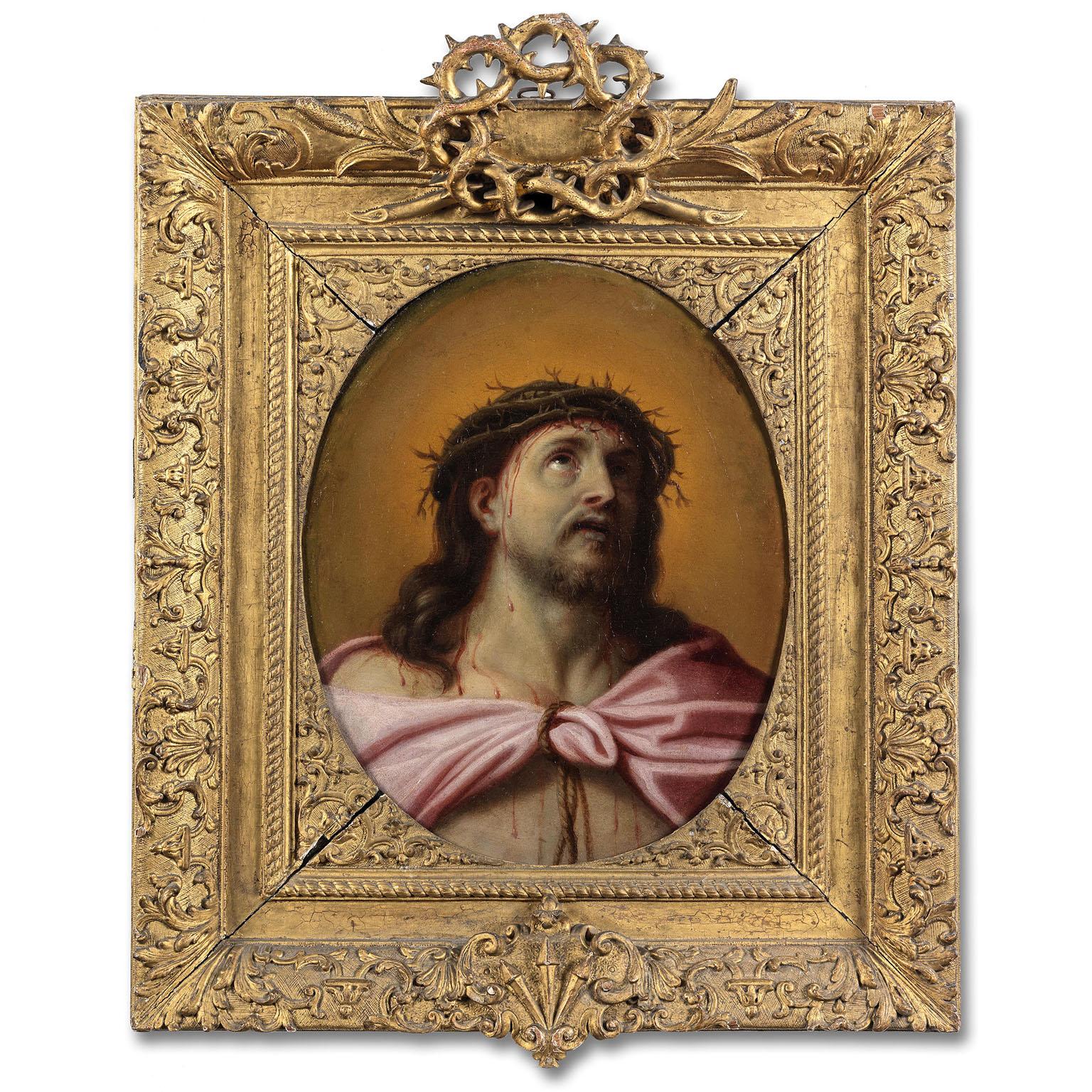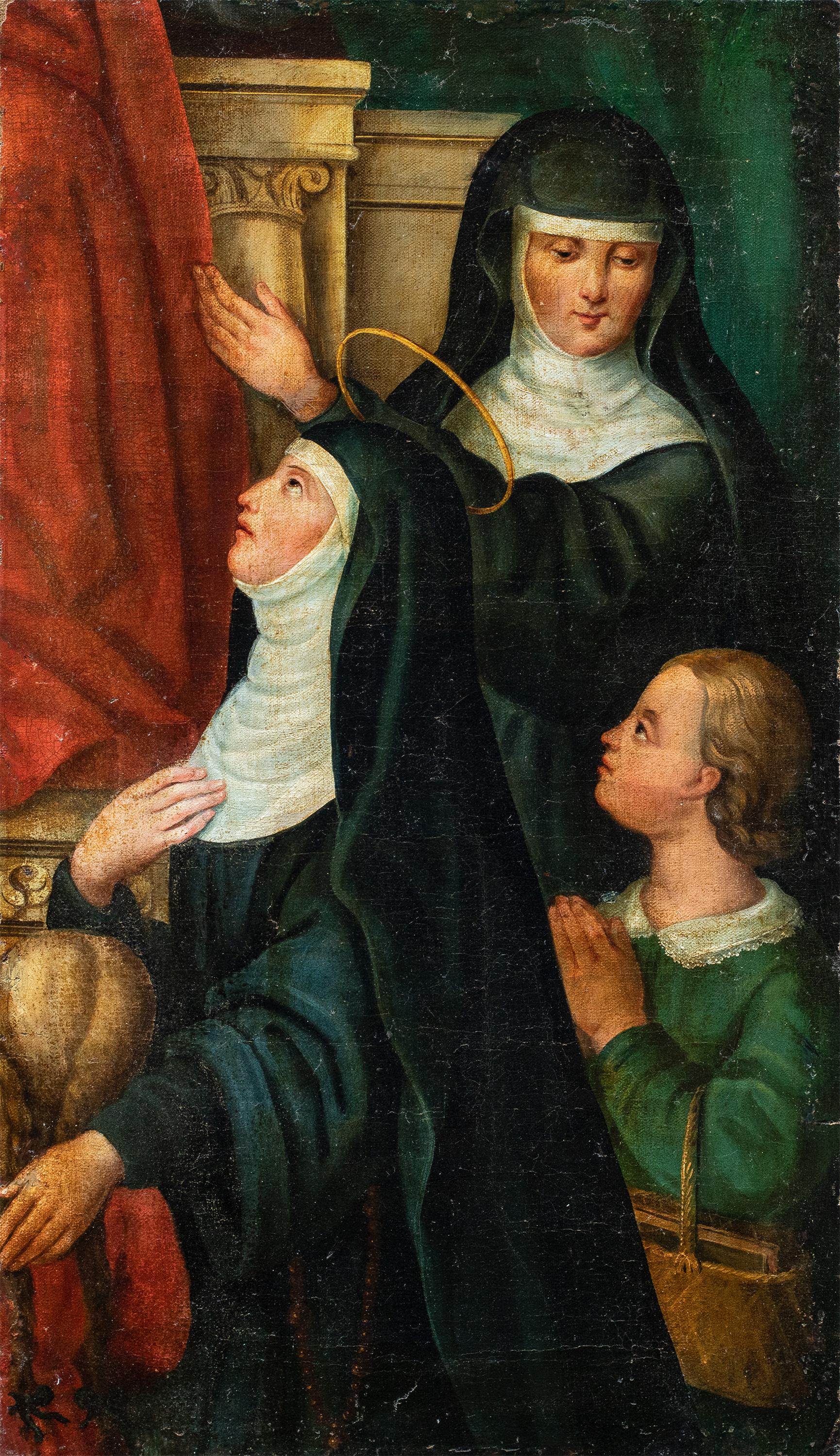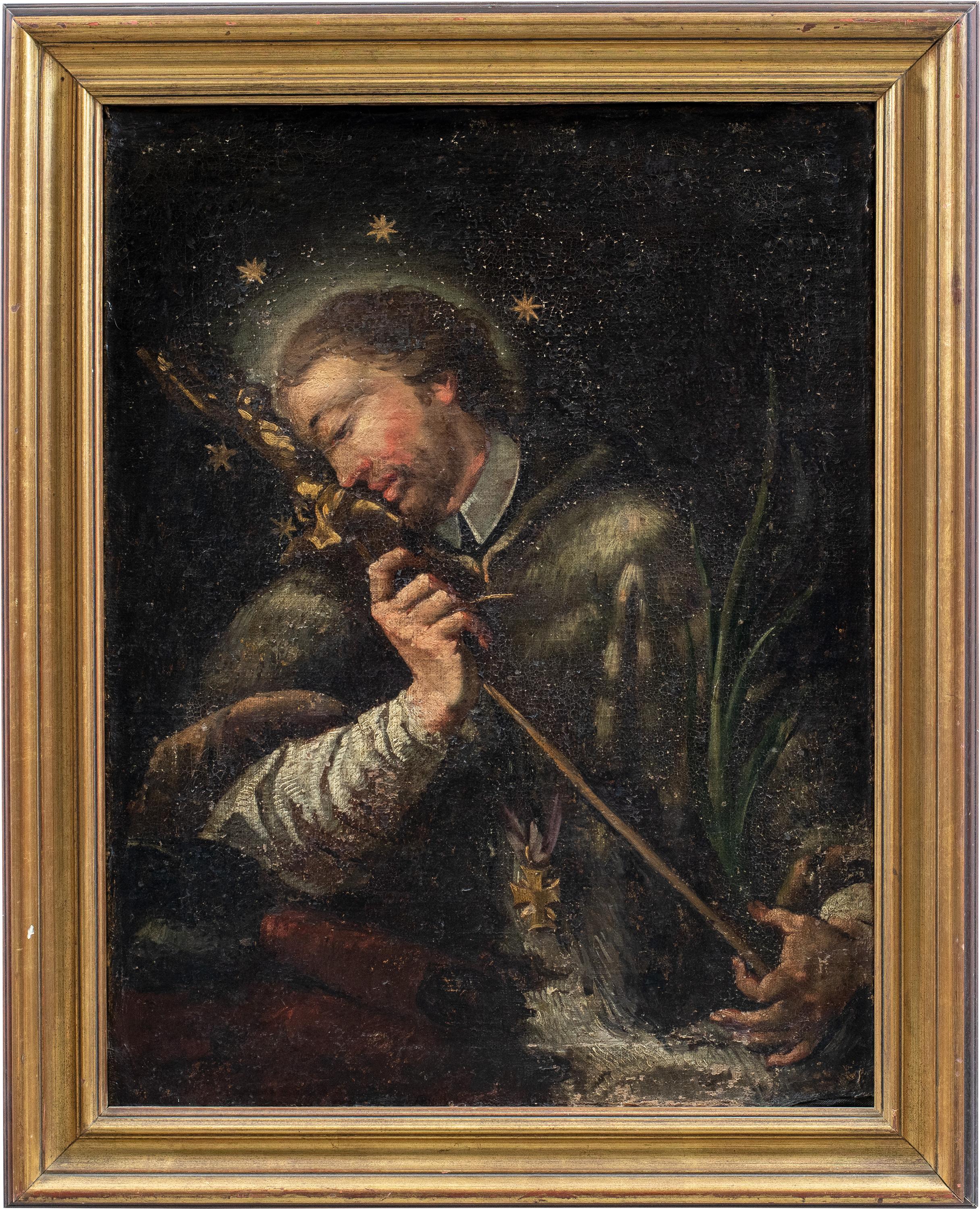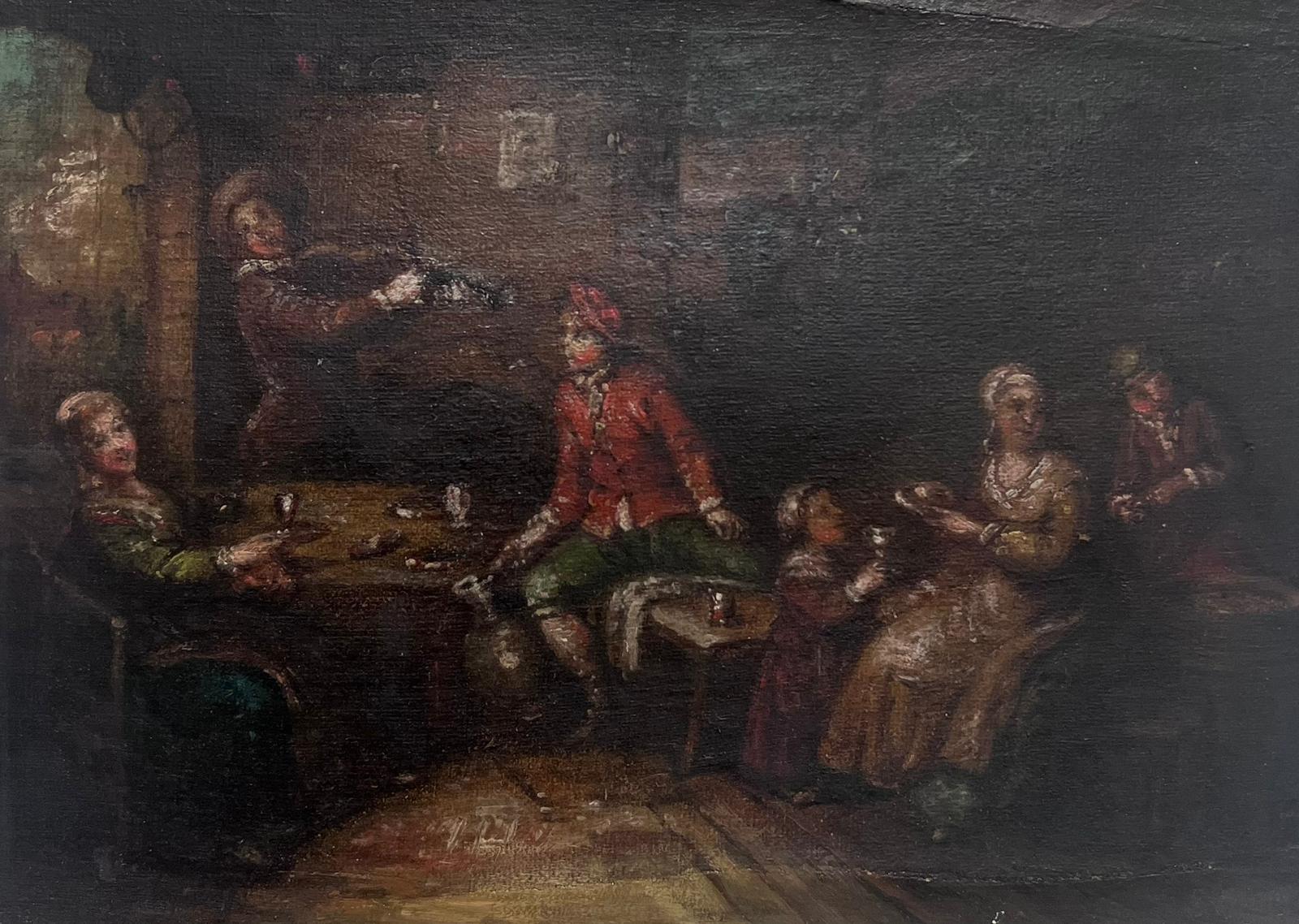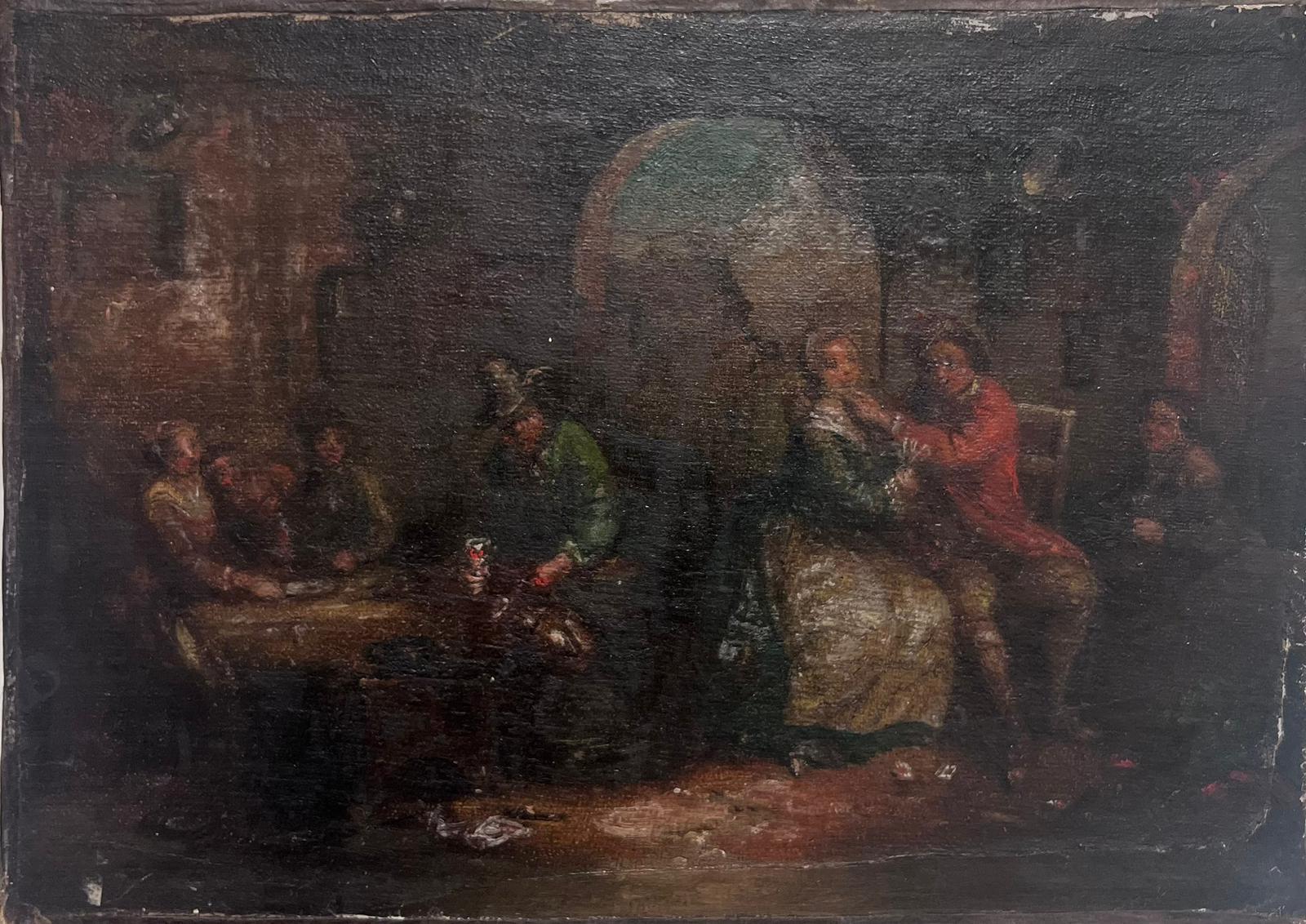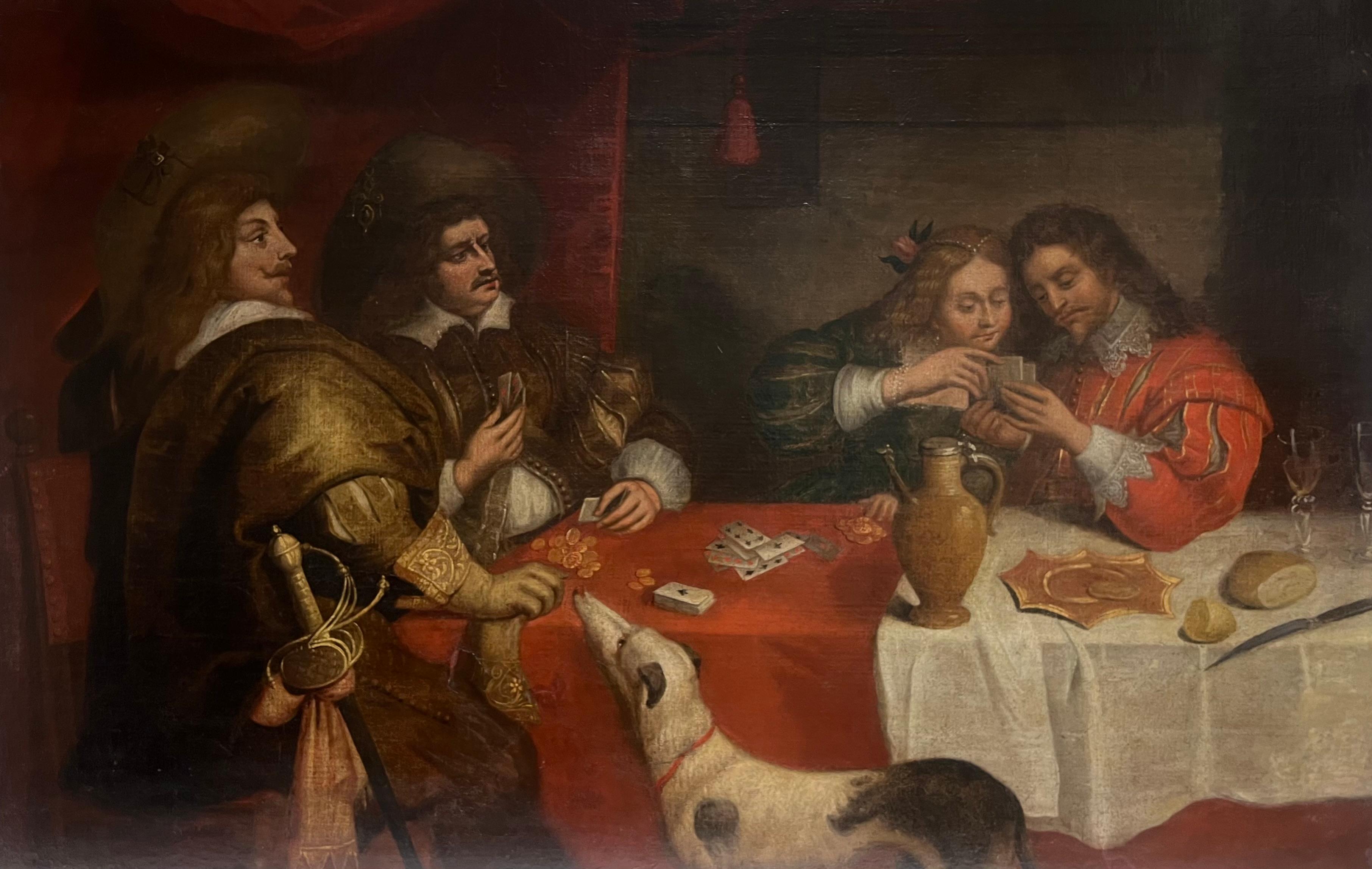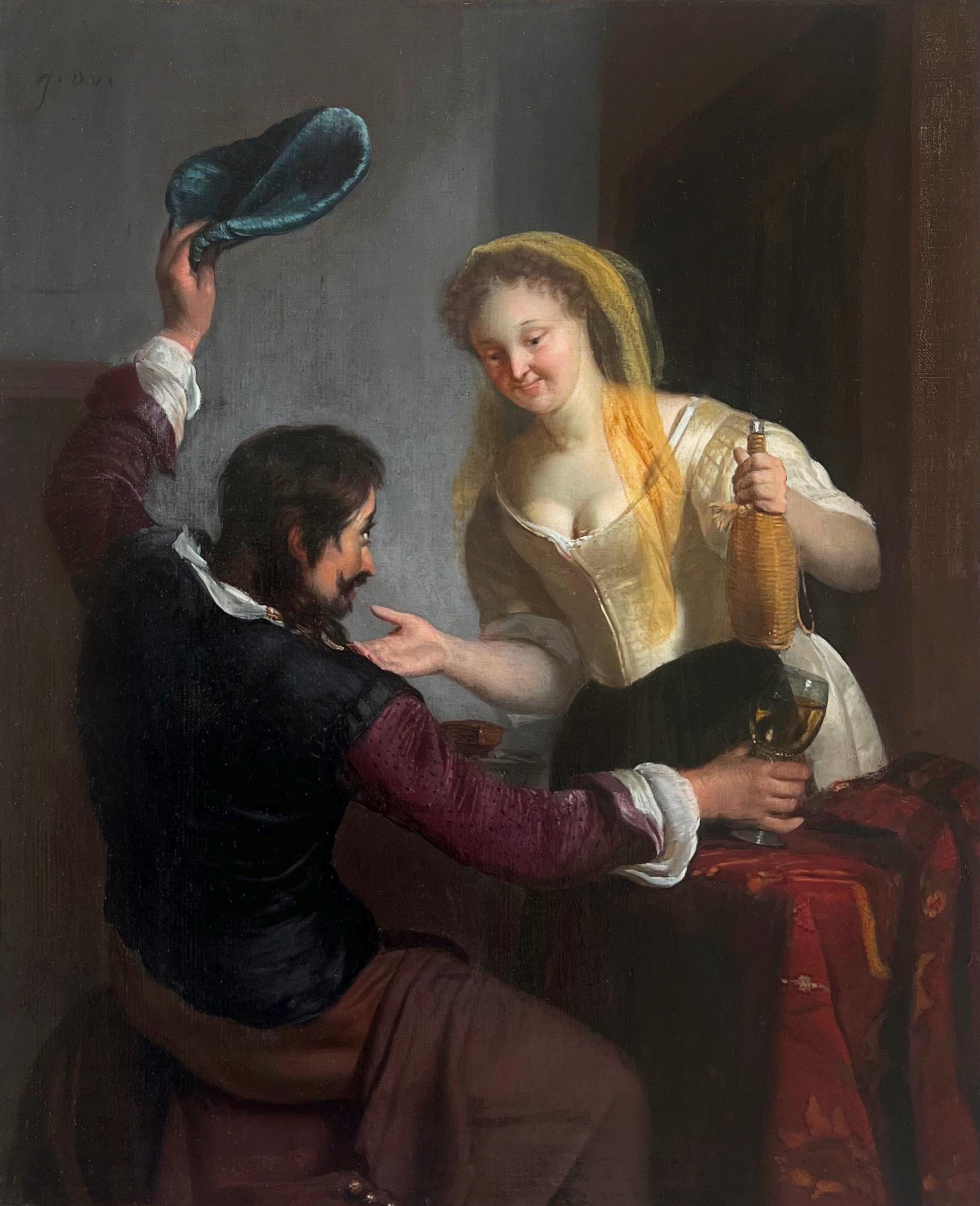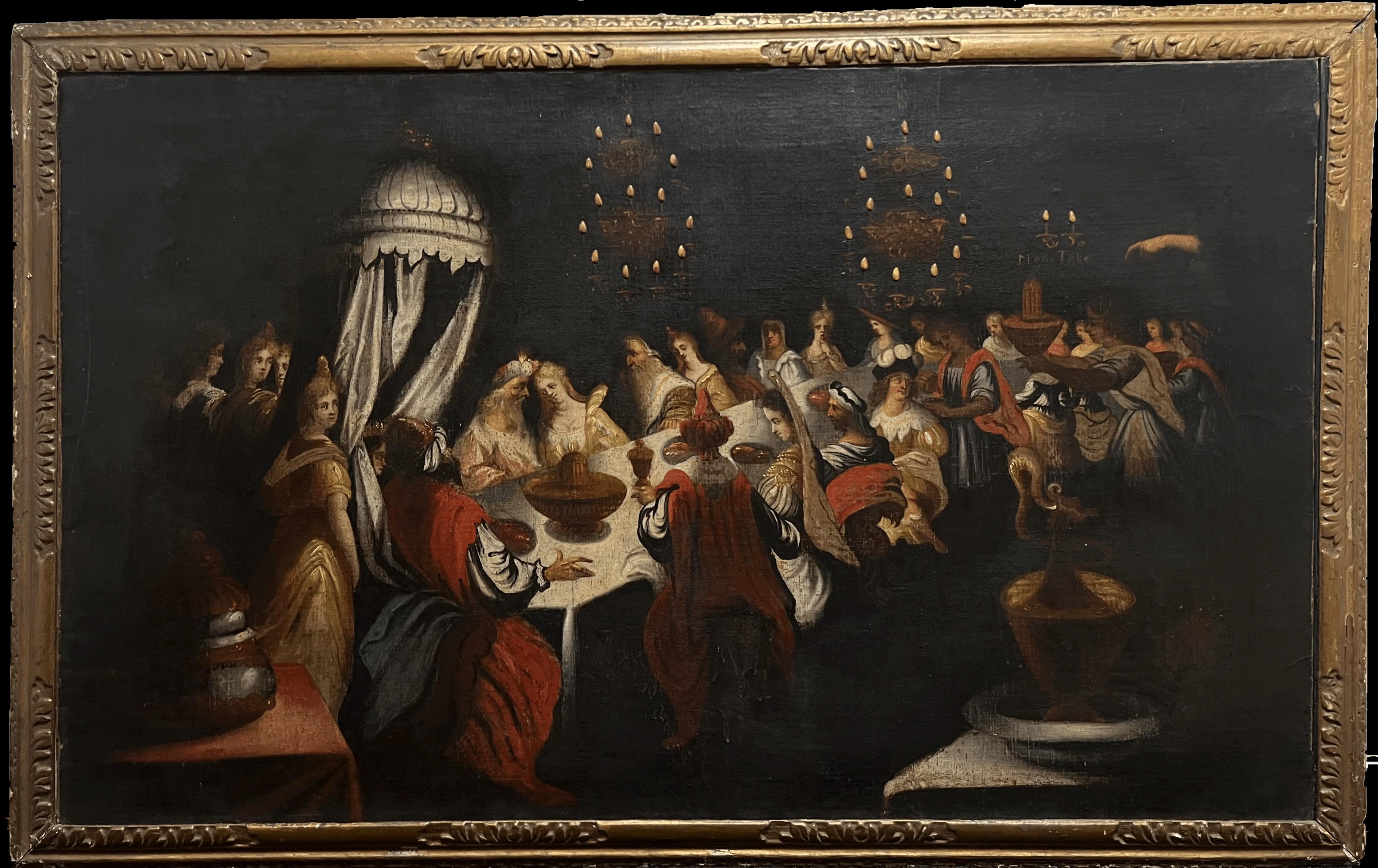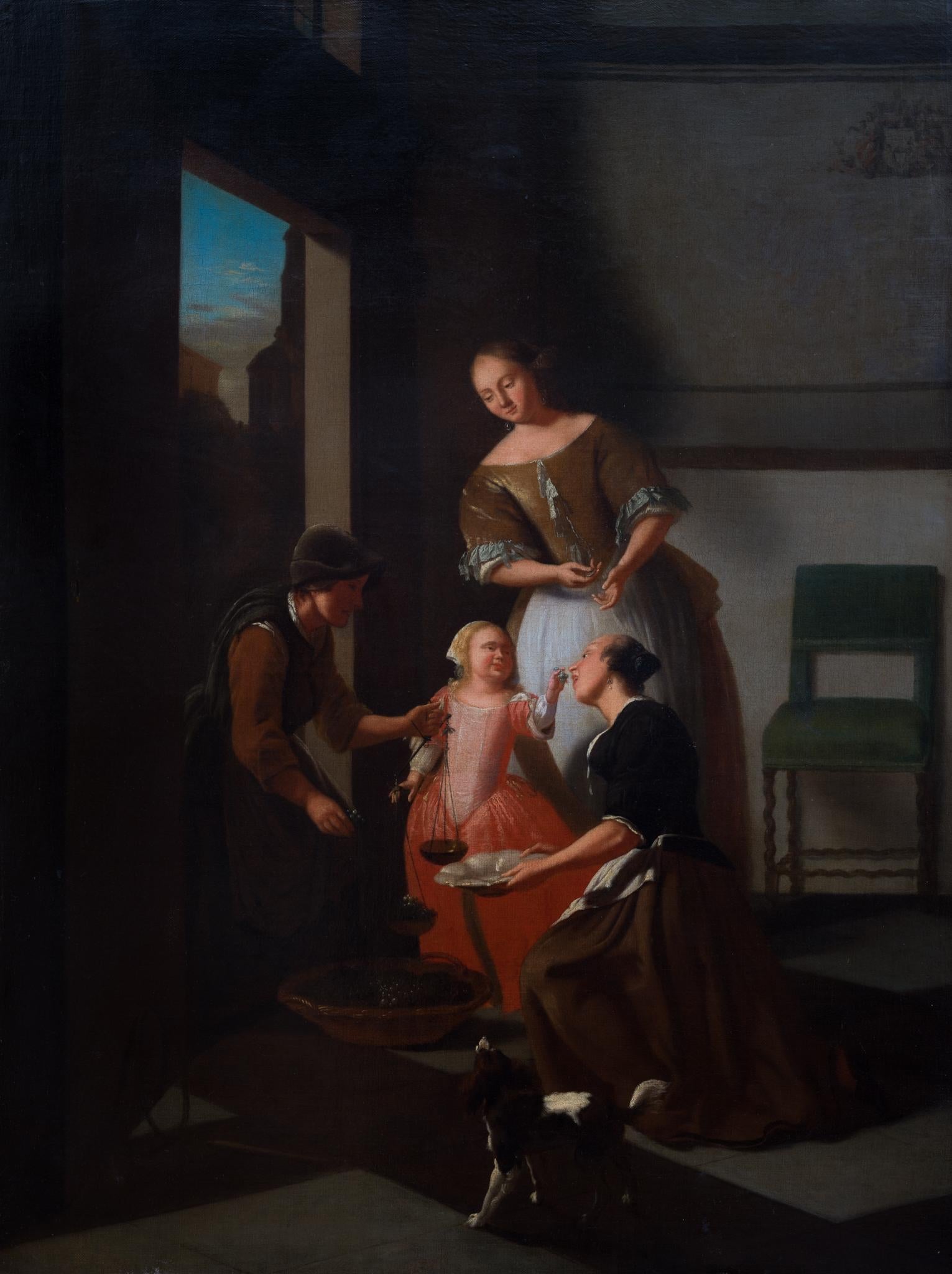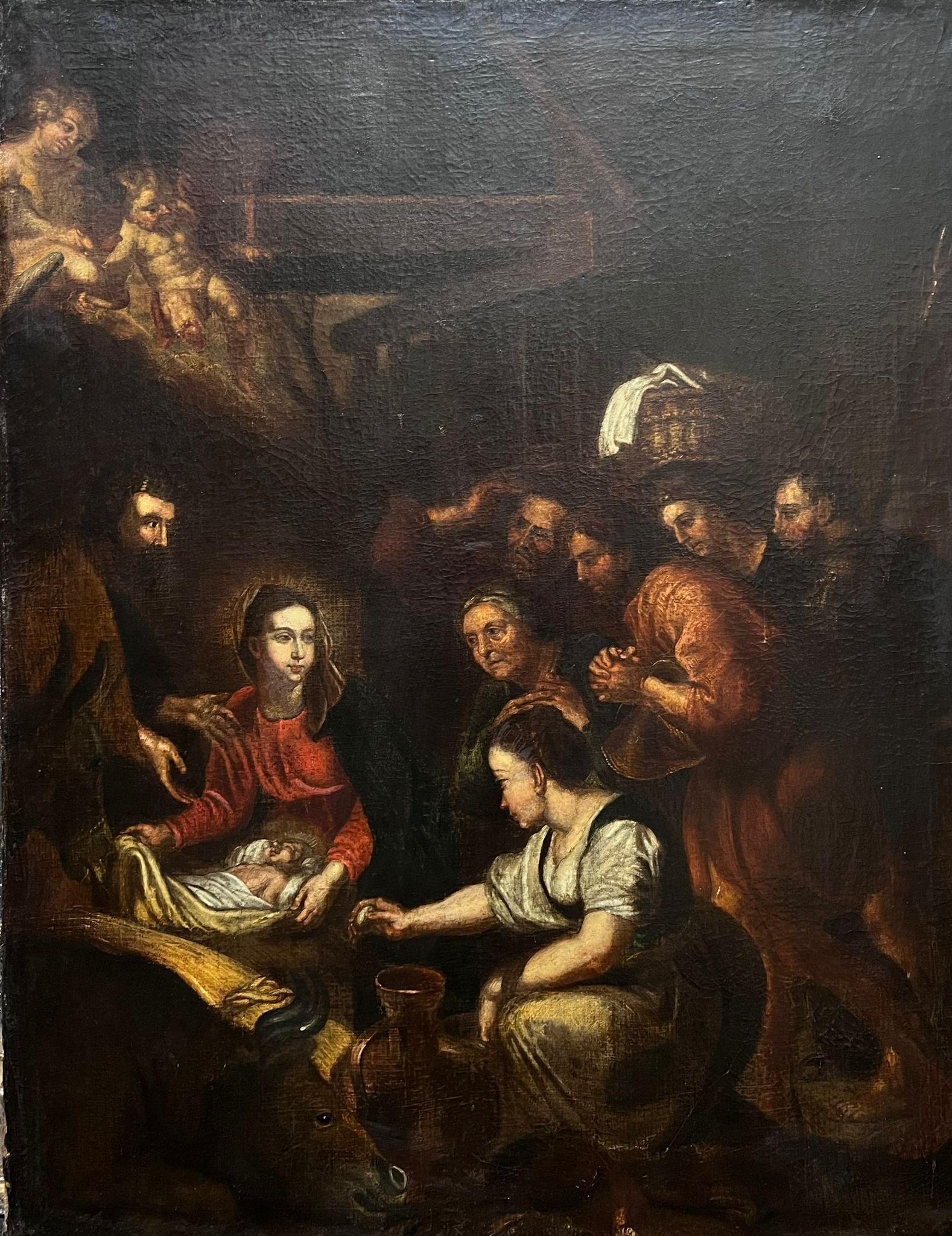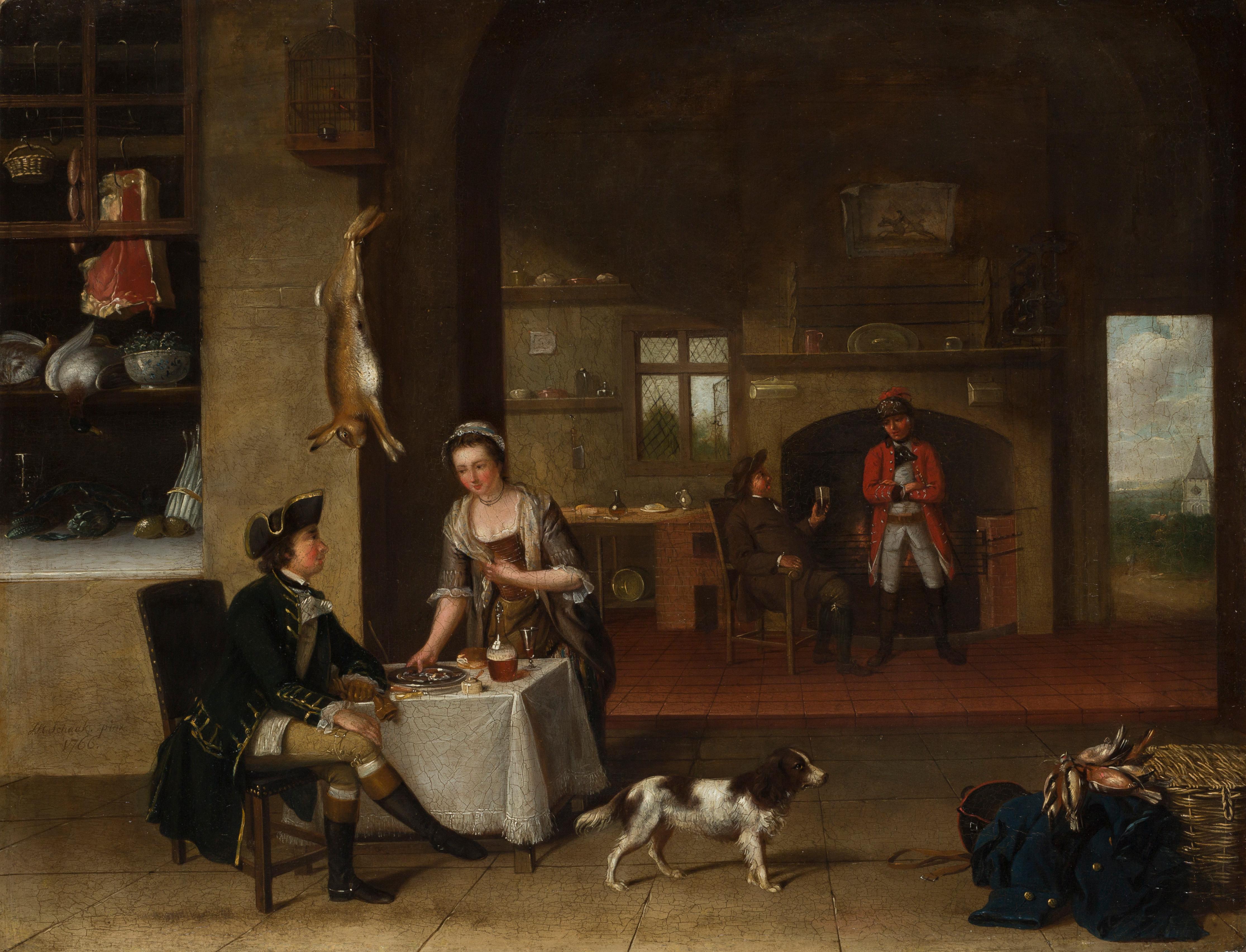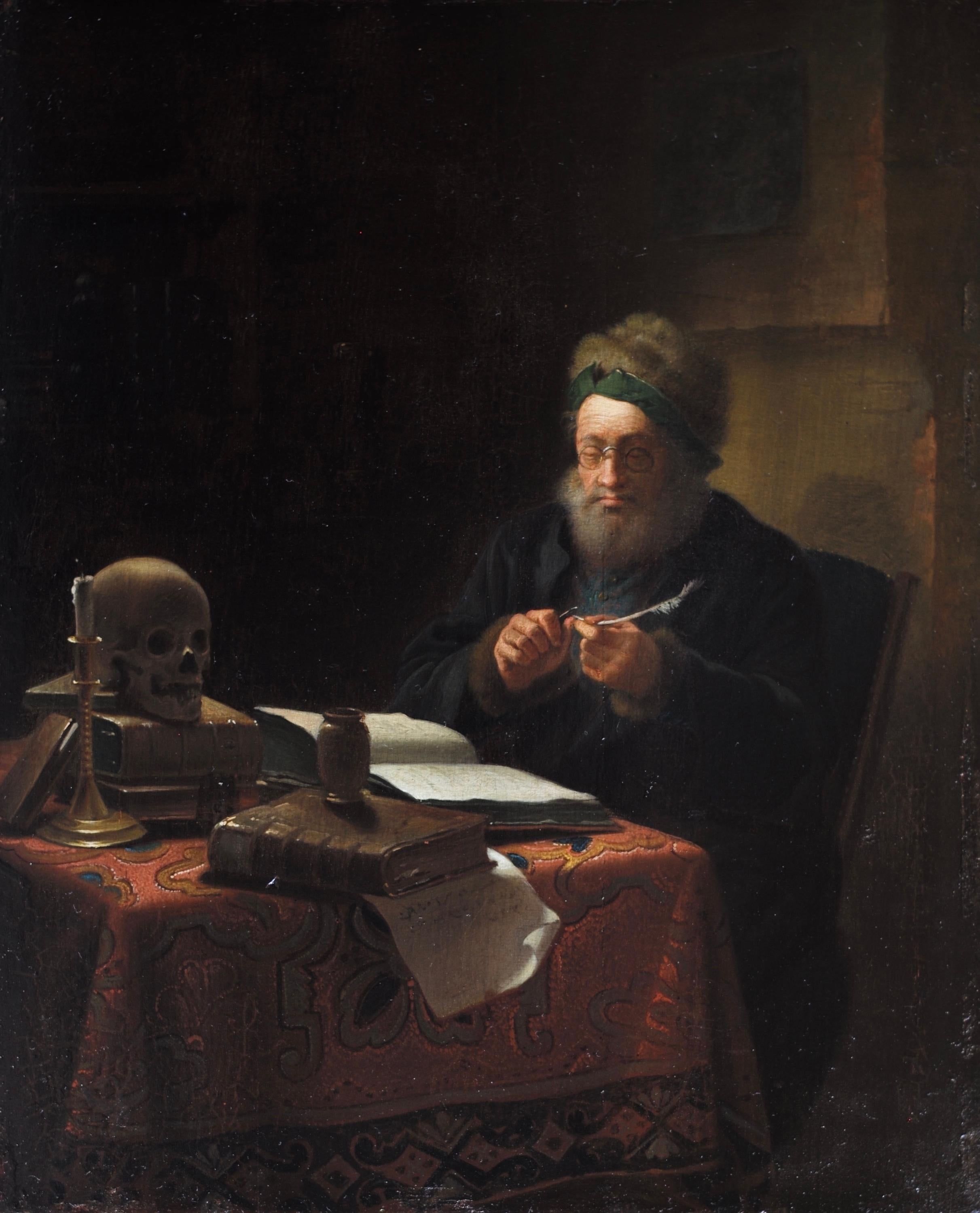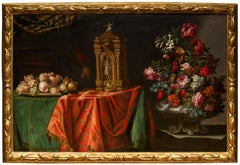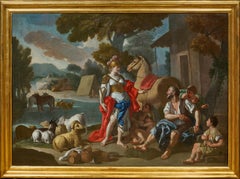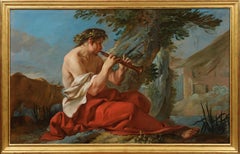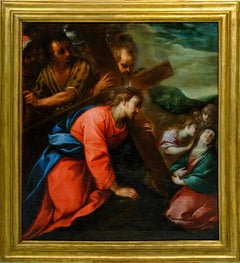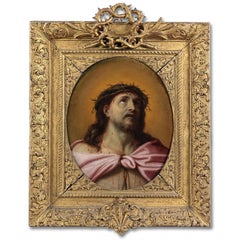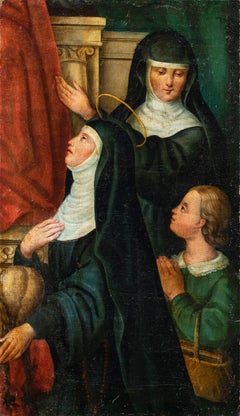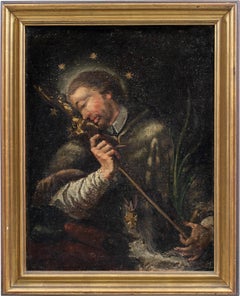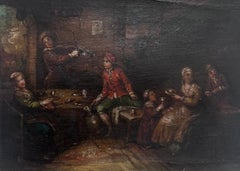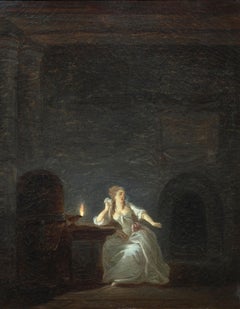
The Torture of the Vestal Virgin, a painting by Jean-Frédéric Schall (1752-1825)
View Similar Items
Want more images or videos?
Request additional images or videos from the seller
1 of 13
Jean-Frédéric SchallThe Torture of the Vestal Virgin, a painting by Jean-Frédéric Schall (1752-1825)1789
1789
About the Item
- Creator:Jean-Frédéric Schall (1752 - 1825, French)
- Creation Year:1789
- Dimensions:Height: 23.82 in (60.51 cm)Width: 18.5 in (46.99 cm)
- Medium:
- Movement & Style:
- Period:1780-1789
- Condition:23 13/16” x 18 1/2“(60.5 x 47 cm) - Framed: 32 13/16” x 27 5/16” (83 cm x 69.3 cm) Provenance: Mr. de Montmarqué; Mr. Desparmet- Fitz-Gérald (circa 1930); Sotheby's New York sale on January 29th 2021 Louis XV period carved giltwood "pastel" frame.
- Gallery Location:PARIS, FR
- Reference Number:1stDibs: LU1568211033282
About the Seller
5.0
Vetted Professional Seller
Every seller passes strict standards for authenticity and reliability
Established in 2020
1stDibs seller since 2021
9 sales on 1stDibs
Authenticity Guarantee
In the unlikely event there’s an issue with an item’s authenticity, contact us within 1 year for a full refund. DetailsMoney-Back Guarantee
If your item is not as described, is damaged in transit, or does not arrive, contact us within 7 days for a full refund. Details24-Hour Cancellation
You have a 24-hour grace period in which to reconsider your purchase, with no questions asked.Vetted Professional Sellers
Our world-class sellers must adhere to strict standards for service and quality, maintaining the integrity of our listings.Price-Match Guarantee
If you find that a seller listed the same item for a lower price elsewhere, we’ll match it.Trusted Global Delivery
Our best-in-class carrier network provides specialized shipping options worldwide, including custom delivery.More From This Seller
View AllBaroque silver Vase with Flowers with a Fruit Tray and a Clock by A. Zuccati
Located in PARIS, FR
This unpublished composition is a recent addition to Adeodato Zuccati’s catalog. The study of this painting by Gianluca Bocchi, an Italian art historian specializing in Italian still lives, is available upon request.
This composition is typical of the productions of Adeodato Zuccati, an Emilian painter...
Category
Late 17th Century Old Masters Still-life Paintings
Materials
Canvas, Oil
Erminia and the Shepherds, a painting by Francesco de Mura (Napoli 1696 - 1782)
By Francesco de Mura
Located in PARIS, FR
In this masterly painting, Francesco de Mura presents the meeting of Erminia and the shepherds, a famous episode taken from the seventh canto of Torquato Tasso's Jerusalem Delivered....
Category
1760s Old Masters Figurative Paintings
Materials
Canvas, Oil
Mercury and Io, a rediscovered painting by Jean-Baptiste Marie Pierre (ca. 1740)
Located in PARIS, FR
We would like to thank Mr. Nicolas Lesur for confirming the autograph nature of the entire composition after a direct examination of the painting on November 27, 2024.
This painting...
Category
1740s Old Masters Figurative Paintings
Materials
Canvas, Oil
Christ Falling on the Way to Calvary, a painting by Carlo Francesco Nuvolone
Located in PARIS, FR
This painting by Carlo Francesco Nuvolone, the great Lombard master of the mid-seventeenth century, is striking for its dazzling composition and the brilliant colors of Christ's tuni...
Category
1640s Old Masters Figurative Paintings
Materials
Canvas, Oil
Diana and Actaeon, a Mannerist painting after Joseph Heintz the Elder
Located in PARIS, FR
This painting seduced us with its rich colors. Depicting Diana and her companions surprised by Actaeon, it was inspired by an engraving by Aegidius Sadeler II after a painting by Jos...
Category
17th Century Old Masters Nude Paintings
Materials
Oil, Wood Panel
Italian Landscape with Jack Players, a painting by Gaspard Dughet (1615 - 1675)
By Gaspard Dughet
Located in PARIS, FR
Here Gaspard Dughet offers us an idyllic vision of the Roman countryside. The stages follow one another in a perfectly structured composition, revealing here a lake, there travellers walking along, gradually leading our eye to the blue horizon. But behind its classical composition, this landscape is particularly interesting because of three anthropomorphic details that the artist has hidden, opening the way to a radically different interpretation...
1. Gaspard Dughet, a landscape artist in the light of Poussin
Gaspard Dughet was born on June 4th, 1615 in Rome where his father, of French origin, was a pastry cook. He was probably named Gaspard in honour of his godfather Baron Gaspard de Morant, who was, or may have been, his father's employer. His older sister Jeanne married the painter Nicolas Poussin (1594 - 1655) on September 1st, 1630. The young Gaspard was apprenticed with his brother-in-law at the beginning of 1631, which led his entourage to name him Gaspard Poussin. The first preserved works of the painter date from the years 1633-1634 and were painted in Poussin’s studio.
Around 1635, Gaspard Dughet became emancipated and began to frequent the Bamboccianti circle. In 1636, he became friends with the painter Jean Miel (1599 - 1656), but also with Pier Francesco Mola (1612 - 1666) and Pietro da Cortona (1596 - 1669).
This was also the time of his first trips throughout Italy. The painter, although of French origin, appears never to have visited France. In 1646 he settled permanently in Rome. A recognized painter with a solid book of orders, he remained faithful to landscape painting throughout his life, alternating between cabinet paintings and large decorative commissions, using both oil and fresco.
Nailed to his bed by rheumatic fever at the age of 58, he died on May 25, 1675.
2. Discovering an idealized landscape
Beyond a relatively dark foreground that takes us into the landscape, we discover a vast bluish horizon: a plateau surrounded by deep ravines advances to the right, overhanging an expanse of water that sparkles below. A road winds through a mountainous mass as if leading us to the fortress that crowns it; another town appears in the distance at the foot of three conical mountains.
The composition is rigorous, mineral, and structured by geometric volumes. The various stages in the landscape lead one to the next attracting the eye towards the horizon located in the middle of the canvas. The general impression is that of a welcoming and serene nature.
In many places the paint layer has shrunk, or become transparent, revealing the dark red preparation with which the canvas was covered and accentuating the contrasts.
Human presence is limited to three jack players, leaning against a mound in the foreground. Their long garments, which may evoke Roman togas, contribute to the timelessness of the scene.
Close examination of the canvas reveals two other travellers on the path winding between the rocks. Made tiny by the distance, their introduction in the middle register, typical of Dughet's art, lengthens the perspective.
While it is difficult to date the work of a painter who devoted his entire life to the representation of landscapes, it is certain that this painting is a work from his later years. The trees that occupied the foreground of his youthful compositions have been relegated to the sides, a stretch of water separates us from the arid mountains counterbalanced by two trees represented on the opposite bank. The introduction of this stretch of water in the middle of the landscape betrays the influence of the Bolognese and in particular of the Dominiquin (1581 - 1641)
A number of similarities with a drawing in the British Museum might suggest a date around 1656-1657, since, according to Marie-Nicole Boisclair , it has been compared with the Prado's Landscape with the Repentant Magdalene, painted at that period.
3. Three amazing anthropomorphic details
While some late Renaissance landscapes offer a radical double reading, allowing one to see both a face or a human body behind the representation of a landscape, it seems interesting to us to hypothesize that Gaspard Dughet had fun here by slipping in a few details that, taken in isolation, evoke human or animal figures.
We will give three examples, looking closely at a cloud, the trunk of a broken tree and the top of a cliff.
The main cloud could thus evoke a Christ-like face or that of an antique god...
Category
1650s Old Masters Landscape Paintings
Materials
Oil
You May Also Like
Fine Italian 17th Century Oil on Canvas Head of Jesus Christ Crowned with Thorns
By (circle of) Pierre Mignard
Located in LA, CA
A very fine Italian 17th century oval oil on canvas "Head of Christ Crowned with Thorns" Circle of Pierre Mignard (French, 1612-1695) within...
Category
17th Century Old Masters Figurative Paintings
Materials
Oil, Canvas, Wood
Religious Italian painter - 18th century figure painting - Saint Monica
Located in Varmo, IT
Italian painter (18th century) - Saint Monica in prayer.
56 x 32 cm.
Antique oil painting on canvas, without frame.
Condition report: Good state of conservation of the pictorial s...
Category
Mid-18th Century Old Masters Figurative Paintings
Materials
Canvas, Oil
$930 Sale Price
55% Off
Antique Italian painter - 18th century figure painting - Saint John Nepomuk
Located in Varmo, IT
Italian painter (18th century) - Saint John Nepomuk
65 x 50 cm without frame, 78 x 64 cm with frame.
Antique oil painting on canvas, in a gilded wooden frame.
Condition report: Li...
Category
Mid-18th Century Old Masters Figurative Paintings
Materials
Canvas, Oil
$1,397 Sale Price
40% Off
18th Century French Oil Painting Tavern Scene Interior Figures & Violin Player
Located in Cirencester, Gloucestershire
Violin Player in Tavern
18th century French School
oil on canvas
canvas: 8 x 11 inches
provenance: private collection, France
condition: good and sound condition
Category
18th Century Old Masters Figurative Paintings
Materials
Oil, Canvas
18th Century French Oil Painting Tavern Scene Interior Merry Making Figures
Located in Cirencester, Gloucestershire
Merry Makers in the Tavern
French School, 18th century
oil on canvas
canvas: 8 x 11 inches
provenance: private collection, France
condition: good and sound condition
Category
18th Century Old Masters Figurative Paintings
Materials
Oil, Canvas
Huge 17th Century Flemish Old Master Oil Painting Figures Playing Cards
Located in Cirencester, Gloucestershire
The Card Players
Flemish Old Master, 17th century
based on a version (in reverse) of a painting by Cornelis de Vos (Flemish 1584-1651)
oil on canvas, unframed
Canvas: 39 x 62 inches
...
Category
Mid-17th Century Old Masters Figurative Paintings
Materials
Oil, Canvas
Recently Viewed
View AllMore Ways To Browse
Male Old Master Portraits
Marie Antoinette Painting
Vestal Virgin
19th Century Male Portrait French
Francois Gerard
Man And Woman Lamp
Man Woman Lamps
Dubois Canvas
18th French Pastel Portrait
End Table With Attached Lamp
Antique Lamps With Woman
Fragonard 19th
Temple Vesta
Masonic Lodge
David Dear
18th Century Men Clothing
Antique Magnets
Antique Occult
